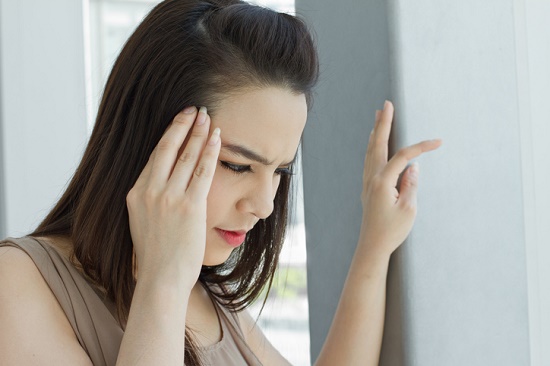
A balance disorder is a condition that causes you to feel dizzy or unsteady, producing the sensation of spinning or floating or moving. And while short or minor episodes of dizziness are normal and no cause for worry, more extreme sensations of spinning (vertigo) or sustained dizzy spells should be examined.
In combination with dizziness, you may also encounter other symptoms like nausea, a change in heart rate, anxiety, or panic. Again, if these symptoms are particularly intense or extended, it’s wise to seek professional care.
The types and causes of balance disorders are diverse, but before we get to that, let’s quickly review how the body ordinarily maintains its sense of balance.
How the body sustains its balance
We take our body’s ability to maintain balance for granted because it usually works effortlessly behind the scenes. But when you think about it, maintaining balance is really an impressive feat.
Even in motion, your body is able to sense its location in space and make modifications to hold your body upright, while requiring little to any mindful regulation. Even when you close your eyes, and do away with all visual cues, you can accurately sense the position of your head as you shift it up or down, left or right.
That’s because your vestibular system—the assortment of organs and structures in your inner ear—can detect any alterations in your head position, transmitting nerve signals to inform your brain of the change.
Structures in the inner ear called semicircular canals include three fluid-filled ducts positioned at approximately right angles to each other. When you move your head, the fluid moves along with it, stimulating the nerve cells that send the information to your brain.
This, combined with visual cues and musculoskeletal sensory information, alerts the brain to exact modifications in head and body position.
Common balance disorders and causes
Balance disorders are a consequence of a dysfunction within the vestibular system or with the brain and its capability to ascertain and use the information.
Balance disorders can consequently be caused by anything that affects the inner ear or brain. This list includes, but is not limited to, medications, benign tumors, ear infections, head injuries, low blood pressure or other heart conditions, and certain neurological conditions.
Common balance disorders include Meniere’s Disease, Benign Paroxysmal Positional Vertigo (BPPV), Labyrinthitis, Vestibular Neuronitis, together with several others. Each disorder has its own distinct causes and symptoms and can be diagnosed only by a professional.
Diagnosis and treatment of balance disorders
The diagnosis and treatment of any balance disorder begins by ruling out any medical conditions or medications that might be producing the symptoms. You might need to change medications or seek treatment for any underlying cardiovascular, neurological, or musculoskeletal condition.
If your balance problem is due to problems with the inner ear, such as with Meniere’s Disease, treatment may include dietary and lifestyle changes, physical manipulations of the head, or medications to minimize the symptoms. Your healthcare provider can offer additional information specified to your condition and symptoms.

